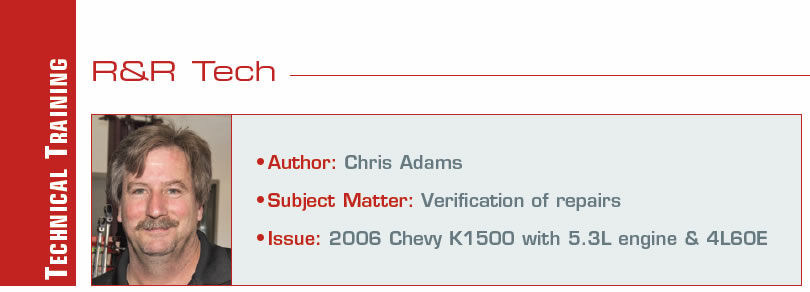4L60/E Band and Case Issues
In this episode, Transtar’s Dave Hritsko explains why the 4L60 2-4 band has so many holes in it. This transmission has been around a while and many people don’t realize when they have issues with the band burning up after a rebuild what the real problem stems from. The big hole allows for a constant
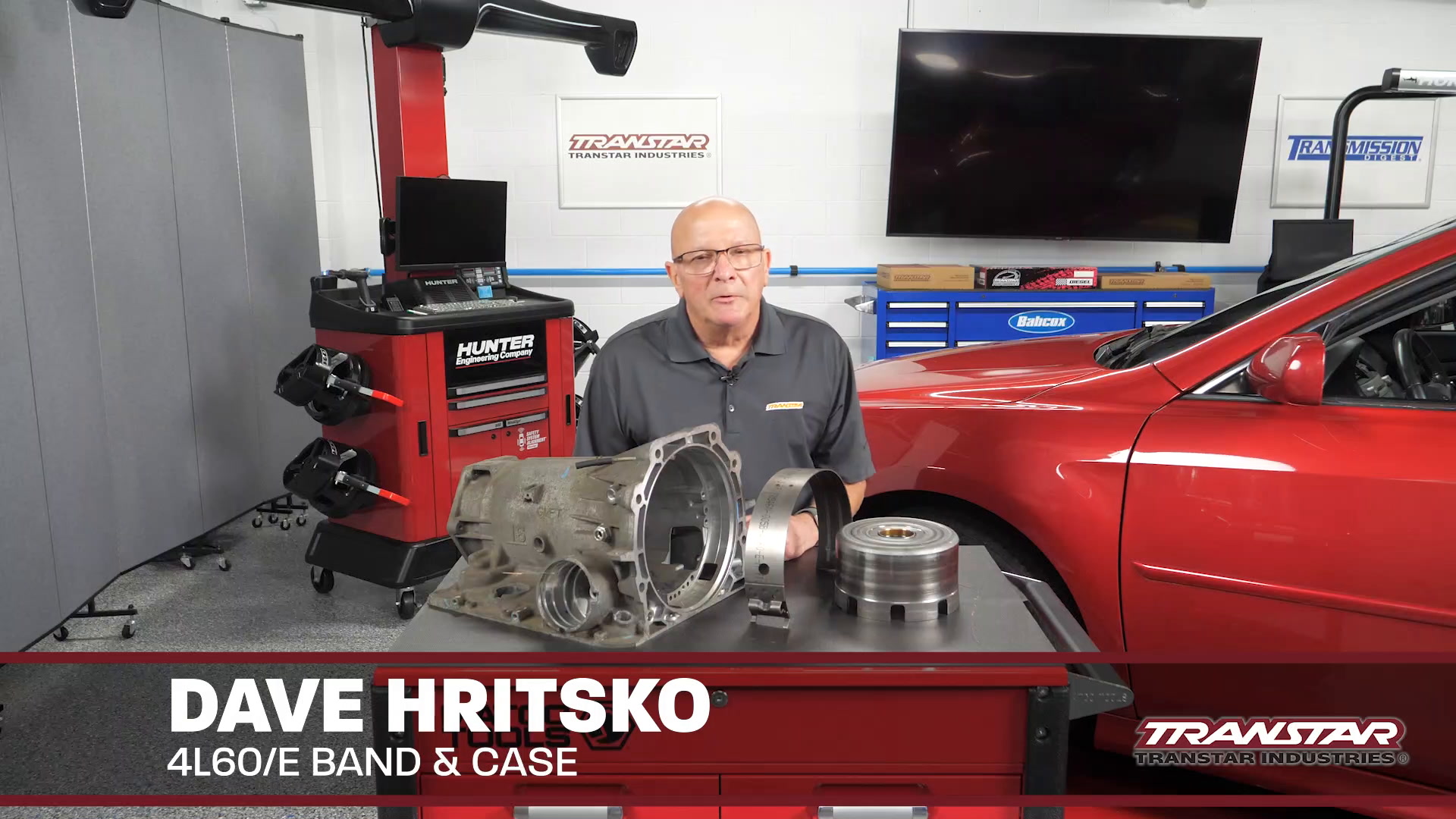
Seeing the Forest AND the Trees
They say that the proverbial phrase “I couldn’t see the forest for the trees” means that a person or organization cannot see the big picture because it focuses too much on the details. I have seen this phrase used after days of diagnosing a transmission problem without resolve, yet the cause is staring you in

4L60E Harsh 1-2 Shift
The 4L60E transmission platform has been in service from 1993-2015; that’s 22 years. It amazes me when a transmission that has been around for this long can throw a new twist on a common problem and blindside you. Let us have a look at the systems and potential problems in a 4L60E that can cause

GM 4L60, 4L60/65/70-E Extra Wide Intermediate Band
Ideal for 4×4, heavy-duty and commercial use in GM 4L60 and 4L60/65/70-E units, Sonnax drop-in extra-wide intermediate band (p/n 77700-01K) is the ONLY wide band available that features OEM style high-energy material, according to the company. It’s 15% wider than the OE band, provides 15% more holding capacity, and features a 60% thicker case anchor
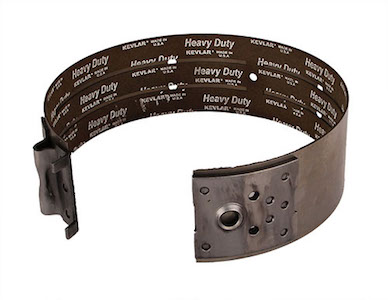
GM 4L60/65/70-E AX Code Accumulator Valve Sleeve
Recover hydraulic control and renew shift operation in GM 4L60/65/70-E transmissions with the new Sonnax drop-in AX code accumulator valve sleeve (p/n 77754-61). Features include: direct replacement sleeve replaces OE sleeves with “AX” code only; renews accumulator action and quells leaks; and the drop-in Zip Valve installs quickly and easily.
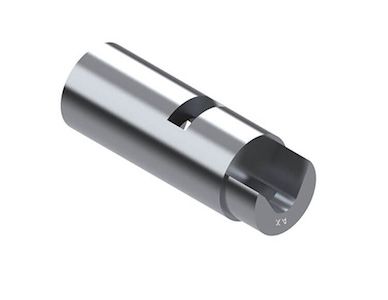
TASC Force Tips: How to Avoid a Dipstick Move in 4L60-E Series Transmissions
This is certainly an issue that you should look into to ensure that your transmission has adequate fluid capacity to live a long health life.
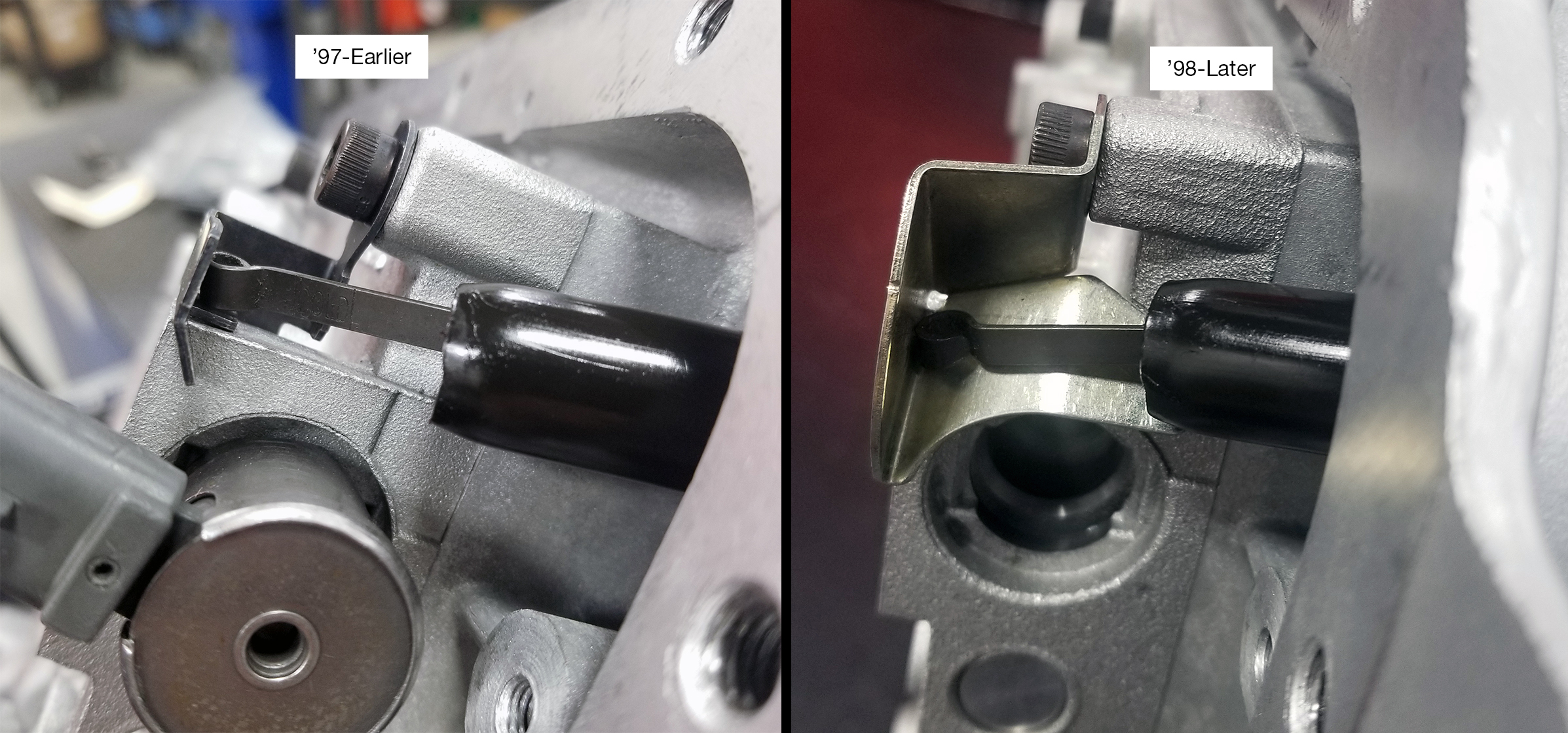
4L60E/65E/70E Input Carrier Change
The input carrier and the reaction carrier shaft were modified to accommodate the updated bearing.
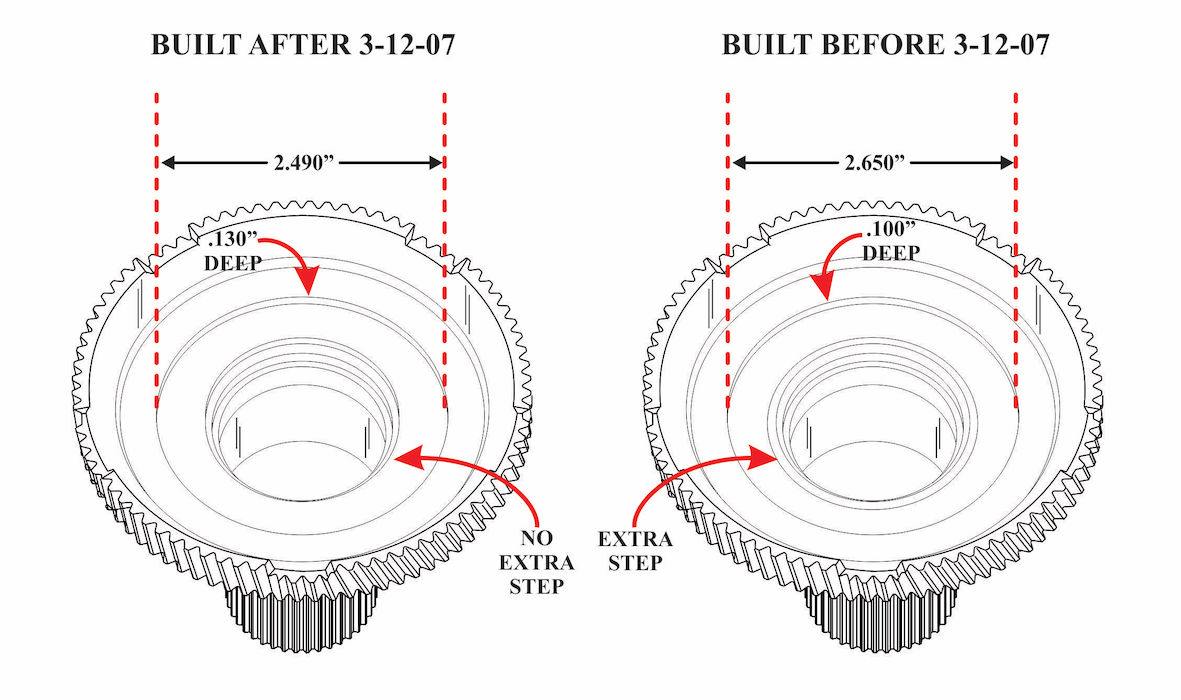
Hydraulic Fundamentals: AFL/Solenoid Modulator Valves
Knowing your transmission’s hydraulic circuit — and solenoid circuits in particular — can be very helpful when identifying the underlying cause.

All Over the Map
Burnt 3-4 clutch packs are notoriously common in the GM 4L60/E family of transmissions. Tech hotlines and internet bulletin boards are often jammed-up with people pleading for help with this 3-4 roasting. Some technicians get frustrated and throw multiple Hail Mary replacement parts at the transmission when facing this issue. But it doesn’t have to be an exercise in frustration; burnt 3-4 clutches can be transformed from a dreaded problem into a routine moneymaker.
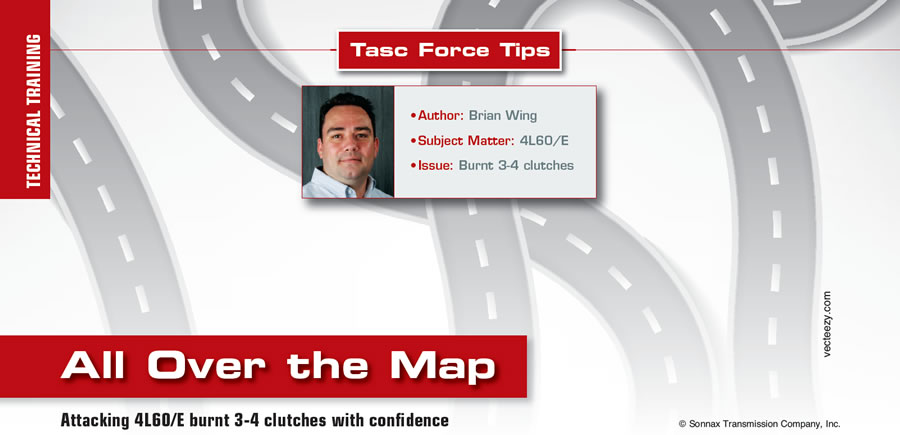
Use TSB’s in Your Diagnostic Routine
When diagnosing today’s complex vehicles, we have a wealth of information at our disposal. How we use that information is crucial in making the correct diagnosis the first time, every time. In some cases the diagnosis may be cut and dry (fluid is burnt, the pump is whining, and the vehicle will not move). In other cases, the diagnosis may not be as easy, or worse; we may “think” or “assume” we already know the problem.

Surprise! Get the Right Tool for This Job
With the challenges we face with today’s cars, unexpected surprises are not usually welcomed to the party. It’s a Friday night and you’re staying late to rebuild a 4L60-E from a 2010 4.8L Silverado that must go Saturday morning. So you go to have a bite to eat first. When you return, the shop is nice and quiet. You are alone and thinking to yourself, I could bang this out in a few hours and still be home in enough time to watch a show.

Verifying Repairs: This is Where We Dropped the Ball
For this installment of R&R Tech I would like to take some time to discuss how engine performance can affect the transmission operation. We have all heard it before; the engine must be running properly in order for the transmission to function correctly. What does “properly” mean in this scenario? We all use different terms when we tell the customer, “You need to get the engine running properly” or good, correct, better, whatever terms we use; in our minds it all means the same thing.
